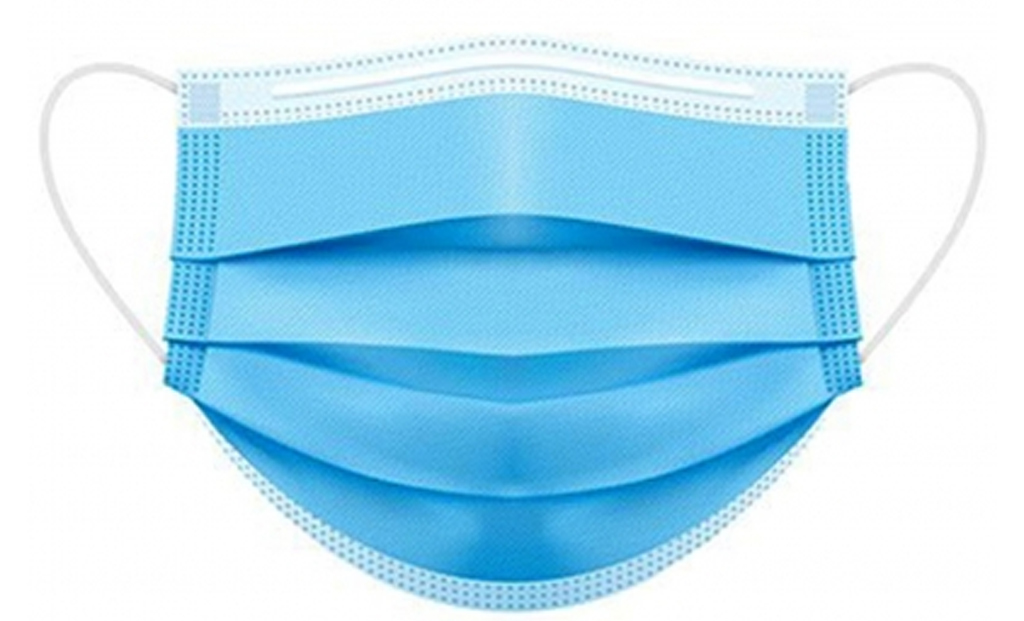The use of surgical masks became a common affair after the outbreak of the coronavirus pandemic. Apart from safeguarding people from the highly infectious Covid-19 infection, surgical masks can help children fight respiratory infections too. According to a study, there are pieces of evidence that face masks can reduce the release of exhaled particles and hence help kids fight respiratory infections.
Just like adults, children too produce exhaled particles. These particles vary in size and concentration across a range of activities. Exhaled particles that were 5 micrometres or smaller are the dominant mode of transmission of many respiratory viruses and it significantly increases with coughing and sneezing.
But surgical face masks, or for that matter any face mask, can effectively reduce the release of these and other sized particles. This has been revealed in the research published in the journal ‘Pediatric Investigation’.
“Our study provides direct evidence that face masks are effective in reducing the release of exhaled particles when used by school-aged children,” said corresponding author Peter P. Moschovis from Massachusetts General Hospital and Harvard Medical School.
“Understanding the factors that affect respiratory particle emission can guide public health measures to prevent the spread of respiratory infections, which are a leading cause of death and hospitalisation among young children worldwide,” he added.
As part of the study, 23 healthy children were asked to perform activities while wearing no mask, a cloth mask, or a surgical mask. These activities ranged in intensity and included things like breathing quietly, speaking, singing, coughing, and sneezing.
Covid-19 Yet To Become Seasonal, Will Continue To Cause Mini-Waves: Scientists | ALSO READ
Average exhaled particle concentration increased by the intensity of activity
The results of the study clearly indicated that the average exhaled particle concentration increased by the intensity of activity. The lowest particle concentration where exhaled during tidal breathing and the highest particle concentration was during sneezing.
Masks, both surgical and cloth, reduced the production of exhaled particles during high-intensity activities, though surgical masks were associated with reduced particle emissions compared to cloth masks across all activities.

